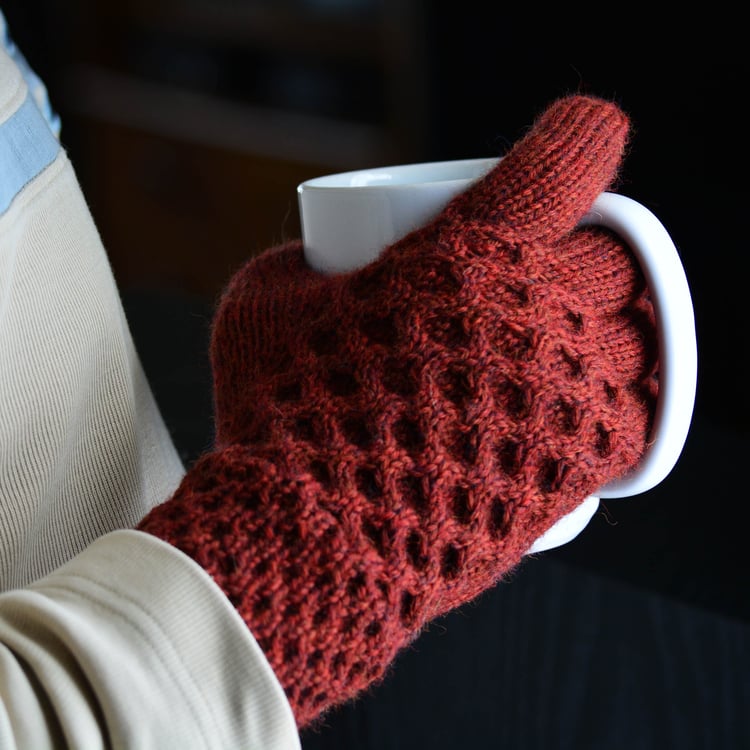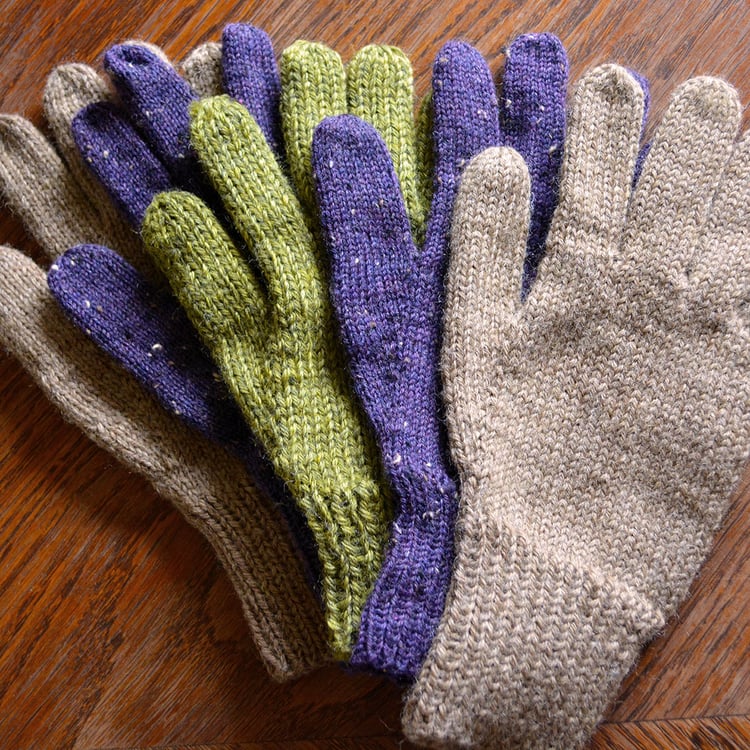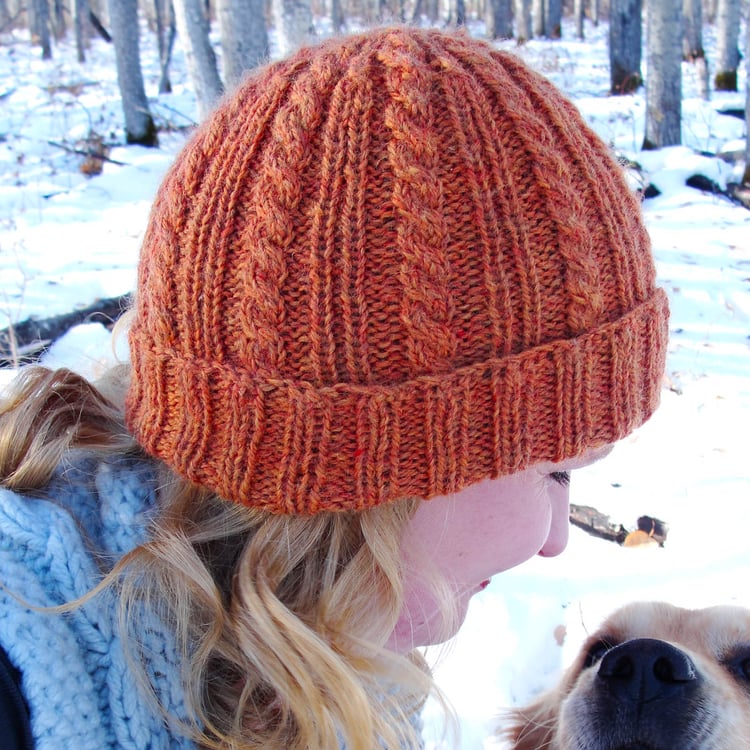
Purl Stitch
Make “the other knitting stitch” in Continental or American style.
Purling is working a knit stitch in reverse, so the bump faces you and the V is on the back. That may not make sense now, but it will after you have worked a few rows of alternating knit and purl stitch and see how each side of the fabric looks.
Continental Style holds the working yarn in the non-dominant. American Style holds the yarn in the dominant. These are colloquially known as picking and throwing, respectively, for the type of action they require. Picking is easier on the hands and can be done much faster once you are proficient.
Note: This tutorial also appears in my How to Knit series.

















